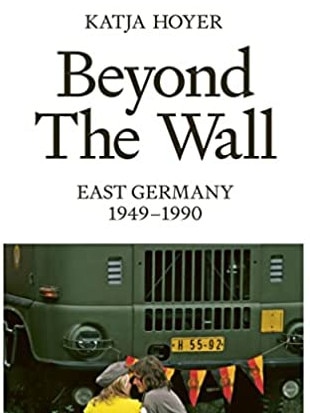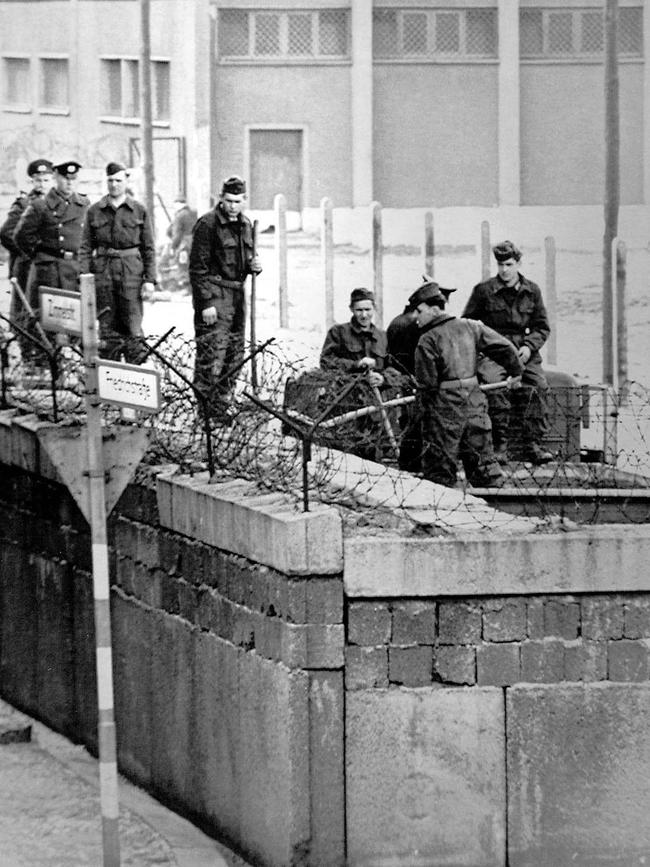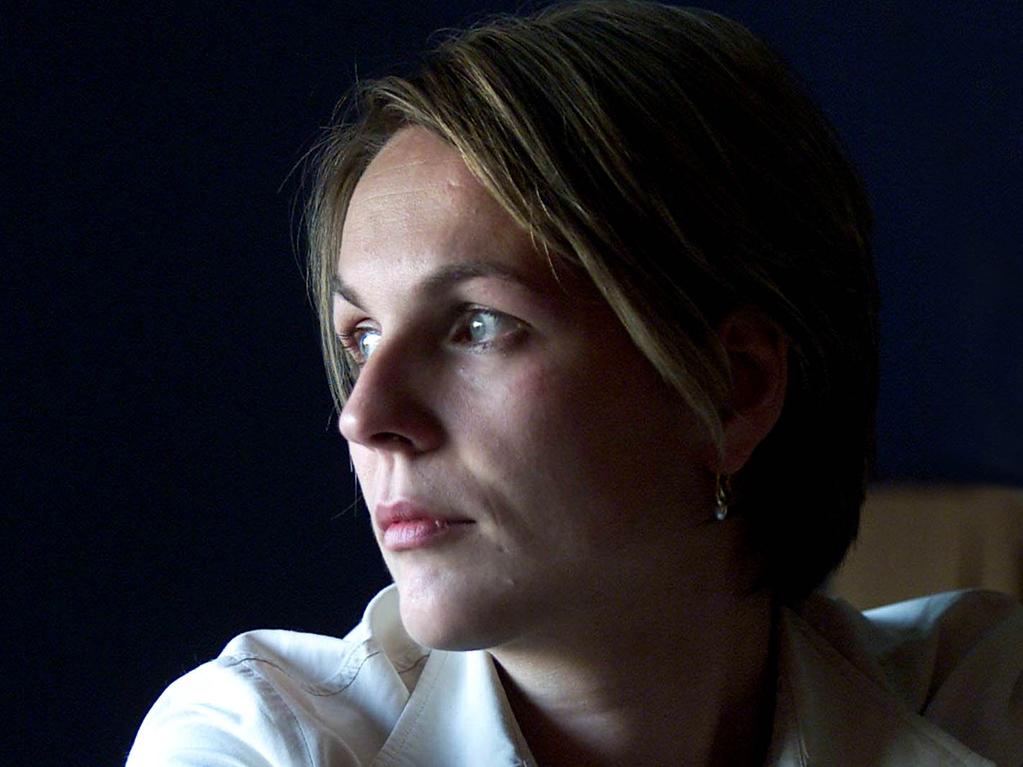What was life like in East Berlin?
It wasn’t grey; it didn’t rain; there were no men in cheap mackintoshes. Forget everything you thought you knew about life in the GDR.

In the summer of 1973 the 10th World Festival of Youth and Students came to Berlin. As the sun beamed down on the German capital, the streets were packed with tens of thousands of youngsters from all over the globe, brimming with idealism and excitement. Amid the guitars and ballads, the parties and parades, the long hair and flared trousers, the dream of international brotherhood seemed an intoxicating reality. In a tantalising hint of better days ahead, there were even hundreds of teenagers from the other side of the city, the cruel wasteland across the border.
But all good things must come to an end. After nine unforgettable days, the drums fell silent and the bunting was put away. Amid tears and embraces and pledges of eternal friendship, the visitors from beyond the wall bade a sad farewell to East Berlin.
Although the world youth festival was a communist enterprise, its story doesn’t quite fit our cliched version of life in East Germany. It wasn’t grey; it didn’t rain; there were no men in cheap mackintoshes; and although the whole thing was strictly supervised, the youngsters in the photographs genuinely seem to be having tremendous fun. But it’s just one of many surprising stories in Katja Hoyer’s enormously refreshing history of the German Democratic Republic, the country where she was born and learnt to walk and talk – and a country that no longer exists.

As Hoyer notes at the outset, we typically think of East Germany as an utterly miserable authoritarian anomaly, a “grey, monotonous blur”. But it lasted for more than four decades, longer than World War I, the Weimar Republic and the Third Reich put together. And by its own lights the GDR was a success: the most affluent country in the communist world.
Fridge ownership was double the rate in the capitalist West. Far more women went to university and joined the workforce; at more than 90 per cent, the female employment rate was the highest in the world. There were always dissidents, of course. But as Hoyer puts it: “The citizens of the GDR lived, loved, worked and grew old. They went on holidays, made jokes about their politicians and raised their children.” To most of them, their country wasn’t an aberration. It was normal.
As Hoyer readily admits, it also could be pretty grim. The GDR was a child of World War II, born in the shattering experience of defeat and occupation. Its communist leadership, who had spent the war years in exile in Moscow, flew into Berlin on the same afternoon in April 1945 that Adolf Hitler killed himself in his bunker. The city was a vision of hell, scarred by the atrocities of the Red Army. Indeed, a quarter of the people in Soviet-occupied Germany were refugees from farther east, most of whom had arrived with nothing. Even if its leadership had been paragons of democratic virtue, the new state would have faced a horribly difficult future.
But of course democracy was the last thing East Germany’s leaders wanted. From Hoyer’s account, it’s clear that men such as Wilhelm Pieck and Walter Ulbricht, its founding fathers, never understood their own people and certainly never trusted them. Most were provincial working-class men without the education of their Western counterparts. Erich Honecker, the bespectacled apparatchik who ran the GDR from 1971 to 1989, was routinely mocked in the West as a characterless automaton. In fact, he was a former roofer who spoke with a thick Saarland accent and was painfully conscious of his lack of polish. Crucially, the GDR’s leaders had been shaped in the crucible of Joseph Stalin’s purges, which meant they were paranoid to the core.

The Stasi had informants in every factory and apartment block, and kept files on more than five million people. Yet the irony, Hoyer says, is that they actually had so much information they had no idea what to do with it. As a guide to East Germany’s political history, Hoyer is commendably brisk and judicious. But it’s when she’s discussing the lives of ordinary people that her book really comes alive. She writes with palpable gusto about the paid holidays in Baltic chalets, the huge popularity of Trabant cars, the thrill of visiting East Berlin’s TV tower, the popular joy at the steroid-fuelled sporting successes and the delights of listening to bands such as the Puhdys, who sold more than 20 million records in the 1970s and ’80s. She’s under no illusions, of course, about the regime’s dishonesty and repression. But she’s more interested in the lives of the great majority than in the experience of the relatively small number of genuine dissidents. It’s telling, for example, that she spends less time on playwrights and pastors than on events such as the “coffee crisis” of 1977, when soaring import costs meant ground coffee had to be mixed with rye, barley, chicory and even sugar beet, much to the fury of ordinary shoppers.

The greatest irony of all, Hoyer argues, is that although people wanted more freedom, more opportunities and, above all, more consumer goods, few actually wanted the end of the GDR. The regime had worked hard to cultivate a specific East German identity, based on the legacy of Martin Luther and the old kingdom of Prussia, and to some extent it worked. As late as 1989 most democratic activists talked of reform, not of unification with the capitalist West. But as the regime’s Marxist masters, of all people, should have known, revolutions have a habit of running out of control. It’s a refreshingly counterintuitive note on which to end this terrifically colourful, surprising and enjoyable story – which is not a sentence I expected to write about East Germany.
Dominic Sandbrook reviews books for the The Sunday Times
Beyond the Wall: East Germany, 1949-1990
By Katja Hoyer
Allen Lane, Nonfiction
496pp, $39.99





To join the conversation, please log in. Don't have an account? Register
Join the conversation, you are commenting as Logout